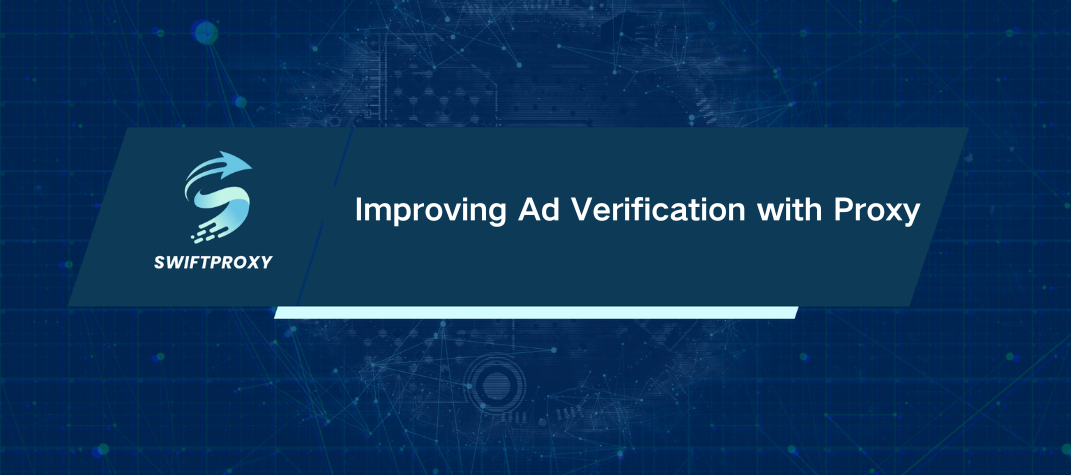Improving Ad Verification with Proxy

As advertising fraud becomes more prevalent and complex, ad verification has become a crucial task for advertisers. The financial impact of global digital advertising fraud is expected to grow rapidly in the future. To protect your investment, it is essential to practice ad verification. This article explores the concept of ad verification and the role of proxy in ensuring its effectiveness.
The Concept of Ad Verification
Ad verification is a term that covers the processes used to confirm that advertisements are shown on the right websites, in the correct context, and to the intended audience. Additionally, publishers benefit from ad verification as it helps prevent the display of fraudulent ads on their sites.
Advertisers often use ad verification services to ensure that ad features match the parameters set in their campaign, such as the location, content, or website specifications. Verification elements embedded in the ad markup gather data about the publisher's site content. This data helps advertisers assess whether the page is suitable for their ad. The collected information is reviewed by the advertiser or the ad verification company, with analysts evaluating it to provide insights into the ad's performance, placement, and other relevant factors.
Ad verification vendors employ a range of techniques to detect and prevent ad manipulation. To maintain their edge, ad verification companies must develop increasingly sophisticated solutions to outsmart these malicious actors. This is where proxies play a key role in the continuous game.
The Role of Proxies in Ad Verification
To effectively combat ad fraud, it is crucial to use technology that mimics real user behavior. When ad fraudsters detect ad verification efforts, they often respond by blocking IP addresses. Residential proxies enable ad verification providers to circumvent these blocks, helping clients identify obstacles that prevent ads from reaching their target audience. This approach ensures that fraudsters remain unaware of the monitoring.
Proxies come in several types, with data center and residential proxies being the most common. While data center proxies are widely used in many applications, ad verification companies prefer residential proxies. The key advantage of residential proxies for ad verification lies in their origin and authenticity.
Residential proxies, provided by Internet Service Providers (ISPs), come with authenticated IP addresses. This authentication makes it difficult for ad fraudsters to detect ad verification organizations using residential proxies, thereby ensuring more effective ad monitoring.
Datacenter proxies come from secondary entities like data centers and are not linked to Internet Service Providers (ISPs). Consequently, these proxies are not generated by genuine users. Although datacenter proxies offer high speed and availability, they are easily detectable, which is a significant drawback for ad verification. This is why residential proxies are often the better choice for effective ad verification.
Final Thoughts
Malicious actors are constantly devising new methods to harm successful businesses and profit from their efforts. Digital advertising is particularly susceptible to these threats. Fraudsters use advanced tactics to alter ads, deplete advertising budgets, generate fake traffic, and distort ad metrics. However, combining ad verification with residential proxies can be a highly effective strategy to combat these fraudsters and protect advertising investments.

















































